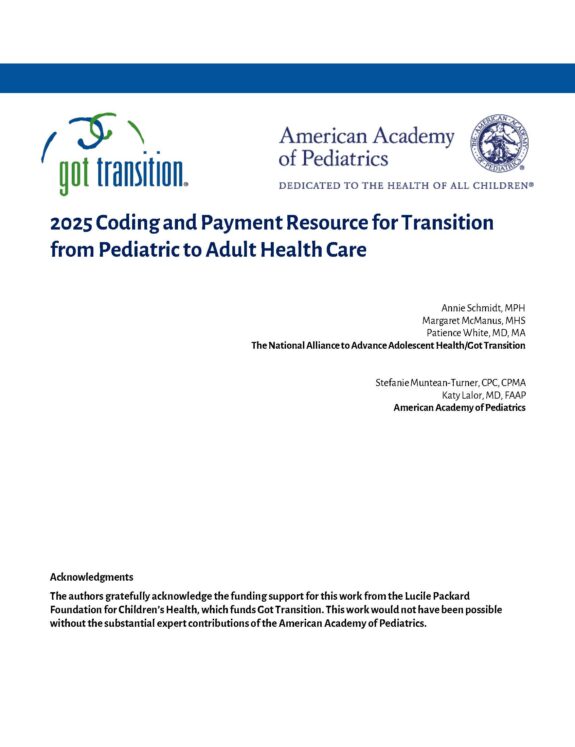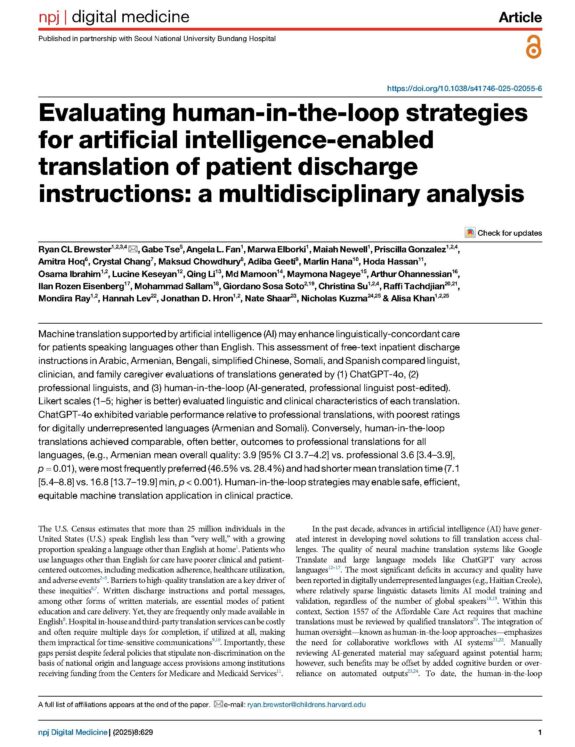Why the Proposed Medicaid Per Capita Caps and Block Grants Matter for Families of Children with Special Health Care Needs
The Medicaid program is critical for children and youth with special health care needs (CYSHCN). According to the Kaiser Family Foundation, Medicaid (and other public programs like the Children’s Health Insurance Program) cover nearly half—44 percent—of CYSHCN nationally. Moreover, Medicaid (Medi-Cal in California) provides an array of medical services and long-term services and supports that CYSHCN require, many of which are not covered by private insurance at all or are covered only to a limited degree. Without Medicaid, these benefits would not be accessible or affordable for families with CYSHCN.
Congressional Republican leaders, however, are proposing to radically restructure Medicaid by converting it to a block grant or a per capita cap. The purpose of both approaches is to achieve significant federal budgetary savings over time in order to help offset the cost of an Affordable Care Act replacement plan or other budgetary priorities like tax cuts—savings that would inevitably shift costs to states and require deep cuts to Medicaid programs.
Today, the federal government picks up a fixed percentage of states’ Medicaid costs: about 64 percent, on average. In contrast, under a block grant, states would receive a fixed amount of federal funding for their Medicaid programs. Under a per capita cap, states would receive a fixed amount of federal funding on a per-beneficiary basis. Under both proposals, states would be responsible for 100 percent of all costs above the cap on federal funds.
A block grant or per capita cap achieves federal savings by capping the amount of federal Medicaid funding states receive at levels well below what would be provided under the current financing system. That is typically accomplished by basing a state’s initial block grant or per capita cap amount on its current or historical spending and then increasing it annually at a considerably slower rate—such as general inflation or an even lower growth rate—than the currently projected annual growth in federal Medicaid spending. The resulting federal funding cuts would thus grow steadily larger each year.
The magnitude of the federal funding cuts and resulting cost-shift to states would likely be very large over time. For example, the House Republican budget plan for fiscal year 2017 (crafted by former Representative Tom Price, now the Secretary of Health and Human Services) would have cut federal Medicaid funding by $1 trillion—or nearly 25 percent—over ten years, relative to current law, on top of the cuts the plan would secure from repealing the ACA’s Medicaid expansion. In the budget plan’s tenth year (2026), federal funding for Medicaid and the Children’s Health Insurance Program (CHIP) would have been $169 billion—or about 33 percent—less than under current law. The size of the cuts would have kept growing after 2026.
By significantly cutting federal Medicaid funding, a block grant or per capita cap would, in turn, force states to make deep cuts in their Medicaid programs. To compensate for the federal Medicaid funding cuts, states would either have to contribute much more of their own funding, cut other parts of their budgets like education or, as is far more likely, be forced to make severe cuts to eligibility, benefits, and provider payments in their Medicaid programs.
As the federal Medicaid cuts grew larger each year, states would be forced to decide where to make increasingly draconian cuts: which people to cut from the program and which health care services to stop covering. These cuts would put the tens of millions of seniors, people with disabilities, children, and families who now rely on Medicaid in serious jeopardy of becoming uninsured or losing access to the care they need. There would be no way to hold beneficiaries harmless due to the magnitude of the cuts and because Medicaid is already very efficient: it costs less per beneficiary than private insurance despite covering more comprehensive benefits and charging only modest cost-sharing, and its per-beneficiary costs grow considerably slower than private insurance as well.
In addition, if states experience increased Medicaid costs during a natural disaster like Hurricane Katrina, an epidemic like Zika, a new costly breakthrough treatment, or an economic recession (in the case of a block grant), states would be responsible for covering 100 percent of these additional costs or they would have to make even deeper Medicaid cuts. Under current law, the federal government shares in those costs.
CYSHCN would be at particular risk because they are more likely to need Medicaid-covered long-term services and supports (LTSS), and those children who require LTSS have average Medicaid costs 12 times higher than other children. Because of their much greater needs and higher per-beneficiary costs, they could be disproportionately affected by state actions resulting from a block grant and per capita cap that limit access to services or eligibility for the program.
Moreover, CYSHCN receive needed medical and LTSS services and supports because of the Early Periodic Screening Diagnostic and Treatment (EPSDT) benefit in Medicaid, which ensures that all children receive needed screenings and treatment, even if some services are not otherwise covered by Medicaid. But Medicaid block grants or per capita caps typically eliminate or weaken existing federal requirements for state Medicaid programs related to eligibility and benefits. As a result, states could be given the benefit of flexibility to no longer have to provide EPSDT to children on Medicaid, including CYSHCN. States may also be given the flexibility to no longer enroll everyone who is eligible or impose waiting lists or charge premiums, deductibles, and co-payments that beneficiaries cannot afford, leaving families with CYSHCN uninsured or no longer having access needed care due to cost.
Congress should thus soundly reject proposals to convert Medicaid to a block grant or per capita cap and instead consider how to best improve the program and ensure that CYSHCN have access to all needed services and supports.
Edwin Park is the Vice President for Health Policy at the Center on Budget and Policy Priorities, where he focuses on Medicaid, the Children’s Health Insurance Program, and issues related to federal health reform.



